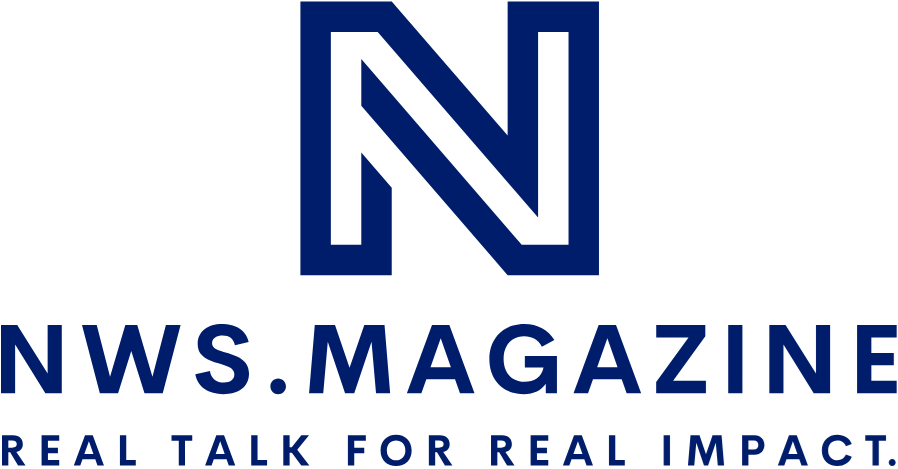Industrial customization still feels like it’s stuck in the 2010s: rigid processes, manual quoting, and fragmented tools.
In consumer markets, mass customization is already the norm. You can configure sneakers, stream personalized playlists, or build modular software — all in real time.
Despite a decade of digital progress, industrial customization still runs on 2010s logic: rigid processes, manual quoting, and fragmented tools dominate day-to-day operations.
1. Customization: Still Manual, Still Siloed
While B2C offers seamless, guided product journeys, industrial workflows often mean:
- ✘ Manual quote generation via email
- ✘ Configurators isolated from engineering systems
- ✘ No real-time validation, simulation, or pricing
McKinsey: 71 % of B2C customers now expect real-time personalization — as standard.
Bitkom: 53 % of German companies cite major obstacles in digital transformation — highlighting a significant capability gap.
2. Self-Service: Missing in Action
SaaS and e-commerce platforms offer instant onboarding and real-time pricing. In contrast, industrial sales still rely on:
- ✘ Long email chains for clarification
- ✘ Static PDF datasheets
- ✘ No API connectivity with partners
That’s not a delay — that’s an 8–12 year gap.
3. Speed: Time-to-Quote vs. Time-to-Click
Consumer platforms deliver instant configuration. Industrial B2B? Still like this:
- ⏳ 3–10 days for technical clarification
- ⏳ 2+ weeks for pricing or delivery
That’s not just slow — it breaks with modern go-to-market models like pay-per-use, agile prototyping, or JIT engineering.
4. Bridging the Gap: Platforms Like ZILEX
As Geoffrey Parker (MIT) and Tobias Kollmann (University of Duisburg-Essen) have shown in their respective work, platform strategies fundamentally reshape how value is created and captured across industries. But in industrial B2B, this transformation is still underway — and that’s where platforms like ZILEX come in.
ZILEX represents a new class of industrial platforms — combining deep engineering expertise with modular UX, multi-supplier integration, and open architecture.
Users can select, configure, and compare heat exchanger solutions across suppliers — with real-time feedback, rule-based logic, and actionable results.
“In almost every other industry, customization has long become the norm — whether in sneakers, software, or furniture. So why should industrial engineering lag behind?
We asked ourselves what industrial procurement might look like in 10 or 15 years. One thing became clear: products will be more adaptable, requirements more dynamic, and flexibility the new standard.
Of course, the barriers are real — technical complexity, demanding upfront investment, and a supplier landscape still shaped by pre-platform logic from a decade ago.
That’s exactly why we built ZILEX — a turning point in industrial engineering: turning complexity into clarity, without compromising precision.”
5. What’s Needed Now?
- ✓ API-first architecture for configurators
- ✓ Real-time pricing and logic integration
- ✓ Ecosystem design: modular, multi-vendor platforms
Industrial B2B doesn’t need to copy consumer trends — but it must learn from their speed, usability, and self-service logic. Platforms like ZILEX prove this isn’t science fiction. It’s already real.
The real challenge isn’t digitalization. It’s building platforms that make complexity simple — without dumbing it down.
Further Reading & Sources
- McKinsey – What Is Personalization?
- Bitkom – Digitalisierung der Wirtschaft 2025
- ZVEI – Plug-and-Produce for Adaptable Factories
- Catena‑X – Open Data Ecosystems for Industry
- HBR – Industrial Firms Must Embrace Automation
- Parker, Van Alstyne & Choudary – Platform Revolution (Book)
- Kollmann – Digital Business (Springer, 8th edition, 2022)
- ZILEX: The Future of Engineering
Case study provided with permission from ZILEX. Learn more at ZILEX.de
Quote used with kind permission of Musa Smakaj (ZILEX GmbH).
Image credit: Harsamadu – Shutterstock

